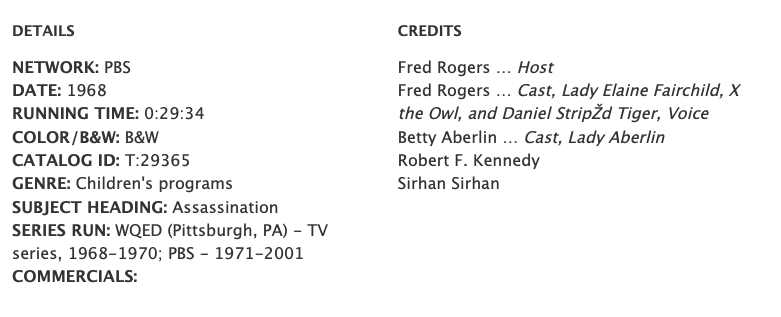“In forty years of medical practice,” wrote Dr. Oliver Sacks near the end of his famous career, “I have found only two types of non-pharmaceutical ‘therapy’ to be vitally important for patients with chronic neurological diseases: music and gardens.” The comment might not surprise us, coming from such an unorthodox thinker as Sacks. But we might be surprised by the considerable amount of traditional scientific research linking music and mental health.
Sixty years ago, when Sacks was still in medical school, avant-garde jazz bandleader Sun Ra had a very Sacks-like experience when he played for an audience of patients in a mental hospital, and inspired a catatonic woman who hadn’t spoken for years to stand up and say ‘Do you call that music?’” The gig, booked by his manager, constituted a fringe experiment in alternative medicine at the time, not a serious subject of study among medical doctors and neuroscientists.
How things have changed in the last half-century.
Several recent studies, for example, have linked drumming, the oldest and most universal form of music-making, to reduced anxiety, pain relief, improved mood, and improved learning skills in kids with autism. Listening to and playing jazz and other forms of syncopated music, have been shown in study after study to promote creativity, enhance math skills, and support mental and emotional well-being.
But what about ambient music, a genre often characterized by its lack of syncopation, and almost certain to feature as background music in guided meditation and stress reduction recordings; in slow, relaxing yoga videos; and thousands of YouTube videos promoting supposedly stress-reducing frequencies and stereo effects? Ambient seems purpose-built to combat tension and dis-ease, and in a sense, it was.
Brian Eno, the artist who named the genre and often gets credit for its invention, wrote in the liner notes to Ambient 1: Music for Airports, “[this record is] designed to induce calm and space to think.” Whether he meant to make a scientific claim or only an artistic statement of purpose, research has validated his inferences about the salutary effects of long, slow, atmospheric music.
Noisey Associate Editor Ryan Bassil, a longtime sufferer of anxiety and panic attacks, found the statement to be true in his own life, as he explains in the video above (illustrated by Nathan Cowdry). Music from ambient composers like Eno, William Bassinski, and Fennesz helped him “ground” himself during extremely anxious moments, bringing him back into sensory contact with the present.
When Bassil looked into the reasons why ambient music had such a calming effect on his over-stimulated nervous system, he found research from artist and academic Luke Jaaniste, who described an “ambient mode,” a “pervasive all-around field, without anything being prioritized into foreground and background.” Immersion in this space, writes Bassil, “can help the listener put aside what’s on their mind and use their senses to focus on their surroundings.”
We may not—and should not—ask music to be a useful tool, but ambient has shown itself particularly so when treating serious neurological and psychological conditions. Forensic psychiatrist Dr. John Tully of London’s Institute of Psychiatry, Psychology and Neuroscience traces the form back to Bach and Chopin, and especially Erik Satie, who “was the first to express the idea of music specifically as background sound,” and who had no qualms about music serving a specialized purpose.
The purpose of what we broadly call ambient has evolved and changed as classical, minimalist avant-garde, and electronic musicians have penned compositions for very different audiences. But no matter the intent, or where we draw the genre boundaries, all kinds of atmospheric, instrumental music has the therapeutic power not only to reduce anxiety, but also to ease pain in surgical patients and reduce agitation in those suffering with dementia.
When he performed with his group Darkroom at the Critical Care Unit at University College London Hospital, writer and psychologist Charles Fernyhough found out that ambient music had significant benefits for patients trapped in what he calls “a suburb of hell”: the ICU. Stays in intensive care units correlate closely with later PTSD and what was once called “ICU psychosis” in the midst of traumatic emergency room experiences. Sedation turns out to be a major culprit. But music, especially ambient music, brought patients back to themselves.
Hear the 2016 Darkroom performance at the University College London Hospital ICU further up, and read more about Fernyhough’s research and performance at Aeon. The science of how and why ambient works the way it does is hardly settled. Where Fernyhough found that patients benefited from a lack of predictability and an ability to “escape the present moment,” Bassil’s research and experience uncovered the opposite—a sense of safe predictability and enhanced sensory awareness.
Physiological responses from person to person will vary, as will their tastes. “One person’s easy listening is another’s aural poison,” Fernyhough admits. But for a significant number of people suffering severe anxiety and trauma, the droning, minimal, wordless soundscapes of ambient are more effective than any medication.
Related Content:
The “True” Story Of How Brian Eno Invented Ambient Music
The 50 Best Ambient Albums of All Time: A Playlist Curated by Pitchfork
Stream 72 Hours of Ambient Sounds from Blade Runner: Relax, Go to Sleep in a Dystopian Future
This is Your Brain on Jazz Improvisation: The Neuroscience of Creativity
Josh Jones is a writer and musician based in Durham, NC. Follow him at @jdmagness.





